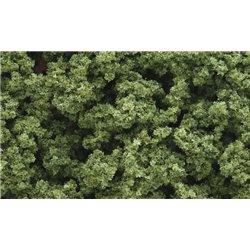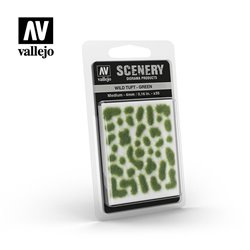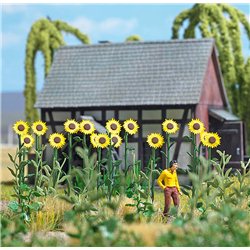Static grass puffer bottles work by manually charging model grass fibres with static electricity. When the charged...
No products
Product successfully added to your shopping cart
There are 0 items in your cart. There is 1 item in your cart.
Search Tips
What types of plants do I need on my layout?
When it comes to adding vegetation to your railway layout or diorama, there are a variety of options to consider to create a realistic and natural-looking scene. Here are some suggestions for the types of vegetation you may want to incorporate:
Grasses and ground cover:
- Static grass - Available in different shades and lengths to replicate various grass species.
- Flock - Provides a more uniform and shorter grass texture.
- Clump foliage - Small tufts of grass that can be placed individually.
Shrubs and bushes:
- Ready-made model bushes - These come in a range of shapes, sizes and colours.
- Tufts of static grass - Can be shaped and layered to form more natural-looking shrubs.
- Lichen - Adds great texture and can be used for low-growing foliage.
Trees:
- Scale model trees - Available pre-made in a variety of tree types and sizes.
- Wire armatures - Allow you to create your own tree shapes and add foliage.
- Lichen, sawdust and static grass - Can be used to model different tree species.
Flowers and plants:
- Plastic or resin ready-made flowers
- Scenery materials like crushed foam or ground foam to represent small plants
The key is to use a variety of textures, colours and scales to create a diverse and natural-looking landscape. Pay attention to the dominant vegetation types found in your layout's geographic region and scale. With a bit of creativity, you can transform a bare model railway into a lush, verdant scene.
Click here to receive the tips weekly in your mailbox. You can unsubscribe at any time.










